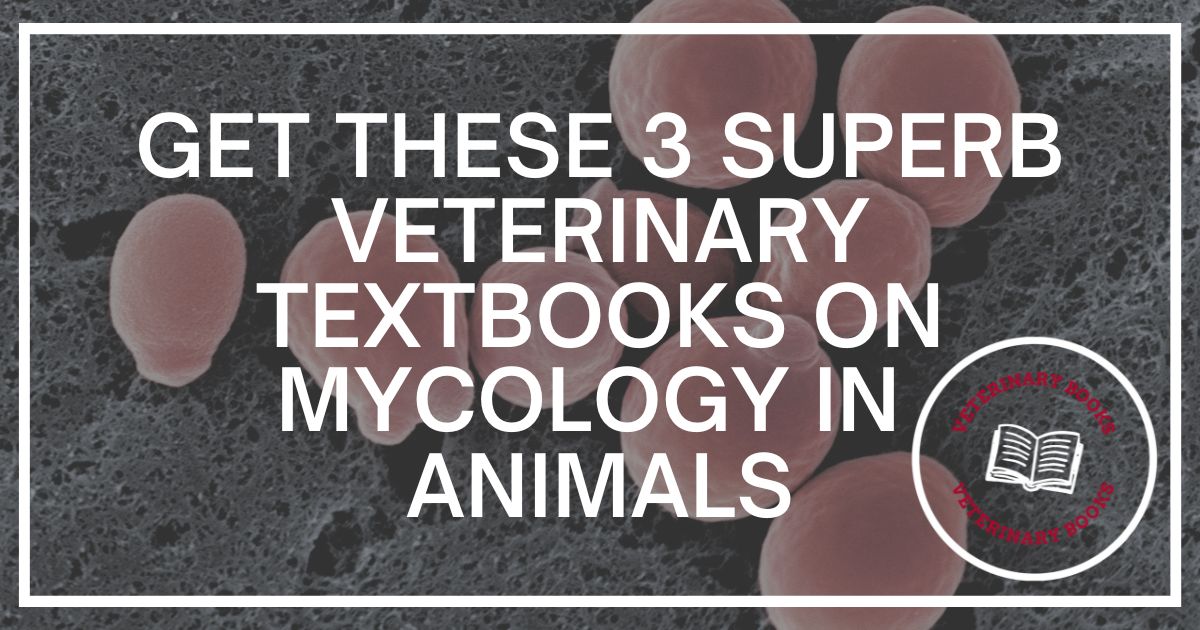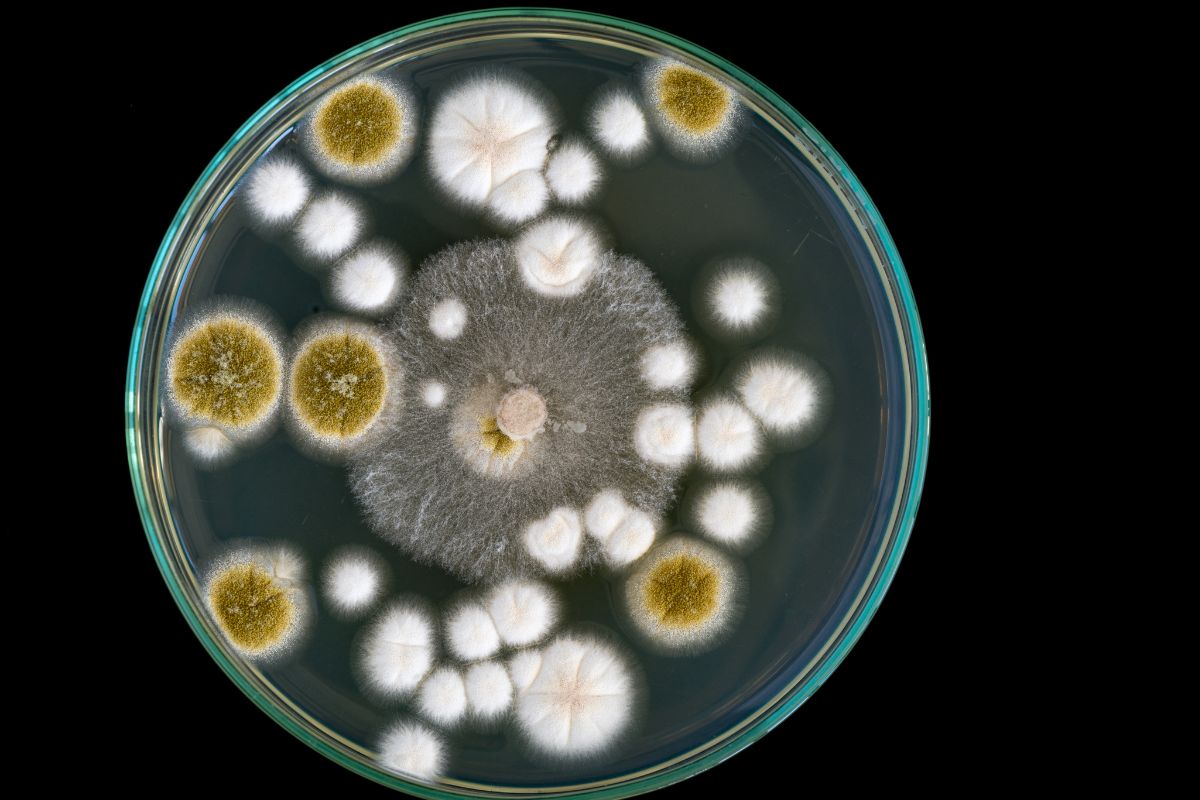What is Mycology?
Mycology is the study of fungi and how they relate to each other and other organisms. It is also the study of the distinctive biochemistry that sets fungi apart from other groups.
Initially, many scientists assumed fungi were offshoots of the plant kingdom. However, biochemical and DNA analysis revealed that fungi are a different lineage of eukaryotes. This article looks at three mycology books and how they can help you.
















Animal Mycology Books Every Veterinary Practitioner Should Own
Animal mycology is not a static subject area. In this sense, a mycologist, veterinarians, and veterinary medicine students need to keep themselves updated. Therefore, every one of them should own a few books on mycology. Below are three superb mycology books you should possess:
Fungal Diseases in Animals
Authors: Arti Gupta & Nagendra Pratap Singh
Available formats: Kindle, Hardcover, and Paperback
What is the Book About
This book summarizes the various fungal diseases affecting animals, including lower vertebrates, which come from environmental sources with or without human transmission.
The book is unique because it contains case studies and reviews of the current state of knowledge on fungal attraction mechanisms. It also reviews knowledge of fungal infections, the pathogenesis of nematophagous, hydrolytic enzymes, and diagnostics.
What the Book Covers
The book discusses the following:
- Widespread infections the environment transmits directly
- Zoophilic fungal pathogens that have near-direct transmission
- Zoonotic fungi that animals can transmit directly to humans
- Mycotoxicoses and antifungal resistance in animals
Reviews
Most readers claim the book is critical reference material. For instance, case studies make it necessary during research.
Target Audience
This book is for students pursuing a mycology degree. It would also be helpful to practicing veterinarians.
Overall Take
This mycology book is unique because it contains case studies critical for students and veterinary practitioners during research. Reviewing current knowledge on different aspects of fungi also makes its content relevant to the current veterinary practice.
Veterinary Mycology
Author(s): Indranil Samanta
Available formats: Kindle, Hardcover, and Paperback
What is the book about
This book provides a wide-ranging overview of fungi clinically relevant to humans and animals. Each chapter in the book contains a brief history, morphology, growth, nutrition, reproduction, and classification of fungi. The chapters also include color photographs, schematic diagrams, and tables to boost understanding.
What the Book Covers
The book has three main sections:
Section One
- History of veterinary and medical mycology
- General aspects of morphology
- Growth and nutrition
- Classification of fungi
- Reproduction
Section Two
Discusses in detail the etiologic agents of cutaneous, subcutaneous, and systemic mycoses.
Section Three
Covers laboratory diagnosis, including collecting clinical samples, processing them for fungal isolation, and special stains for microscopic visualization.
Reviews
Reviews from users reveal that they love how the author integrates traditional knowledge with the latest information from scientific investigations. They also love the summary of the ever-changing fungal pathogens taxonomy.
Target Audience
The intended audience for this mycology book is students undertaking mycology degree programs. This could be undergraduate and postgraduate. It is also an excellent resource for veterinary practitioners.
Overall Take
This book is a solid and up-to-date introduction to critical veterinary pathogenic fungi. The inclusion of colored pictures makes it an essential reference material for students and veterinary practitioners. Its comprehensive nature means even those pursuing mycology graduate programs will find it useful.
Essentials of Veterinary Bacteriology and Mycology
Author(s): G. R. Carter & Darla J. Wise
Available formats: Paperback
What is the Book About?
This is the sixth edition of the well-known Essentials of Veterinary Bacteriology and Mycology. It offers the most recent information on all facets of animal microbial pathogens. Moreover, the book contains an introductory course in veterinary bacteriology and mycology.
The book also covers animal microbial pathogens and the diseases they cause. Moreover, it is the primary veterinary microbiology text and covers an important niche in veterinary medicine. It also discusses pathogenic bacteria in the order in which they appear in the latest molecular genetic classification.
What the Book Covers
The book covers the following topics:
- Basic characteristics of fungi and bacteria
- Molecular biology and genetics and their application
- Handy glossaries at the end of each chapter
Reviews
People who have already read this book have given it positive reviews. According to the reviews, this book is excellent reference material for veterinary medicine students. Some take a mycology degree online and claim that this book has helped them immensely.
Target Audience
Essentials of Veterinary Bacteriology and Mycology would benefit people studying veterinary microbiology. Furthermore, it is an excellent resource for practicing veterinarians.
Overall Take
If your veterinary work or studies revolve around microbial pathogens in animals, Essentials of Veterinary Bacteriology and Mycology is an excellent resource. It is great reference material that includes helpful glossaries to help you understand better.
In Conclusion
Advances in technology have enabled scientists to discover more about disease-causing pathogens. Understanding the lineage of fungi is critical to know aspects such as classification, reproduction, growth, and morphology.
This knowledge equips mycologists and other veterinary practitioners with the skills to deal with diseases and their transmission. Books remain the most crucial resource for documenting this knowledge.
Peter McCoy’s mycology is one of the most respected voices in the modern mycology movement. His book Radical Mycology: A Treatise on Seeing and Working with Fungi is one of the most appreciated books on the subject.
Nonetheless, Veterinary Mycology by Indranil Samanta is the best mycology textbook. It covers the topic in detail, including lab diagnosis, making it an excellent reference material. Furthermore, it integrates traditional and emerging knowledge on mycology enhancing the readers’ understanding.
If you want to make a change in this world, you have to keep studying the subject. The best way is to start with the books this review has discussed.








